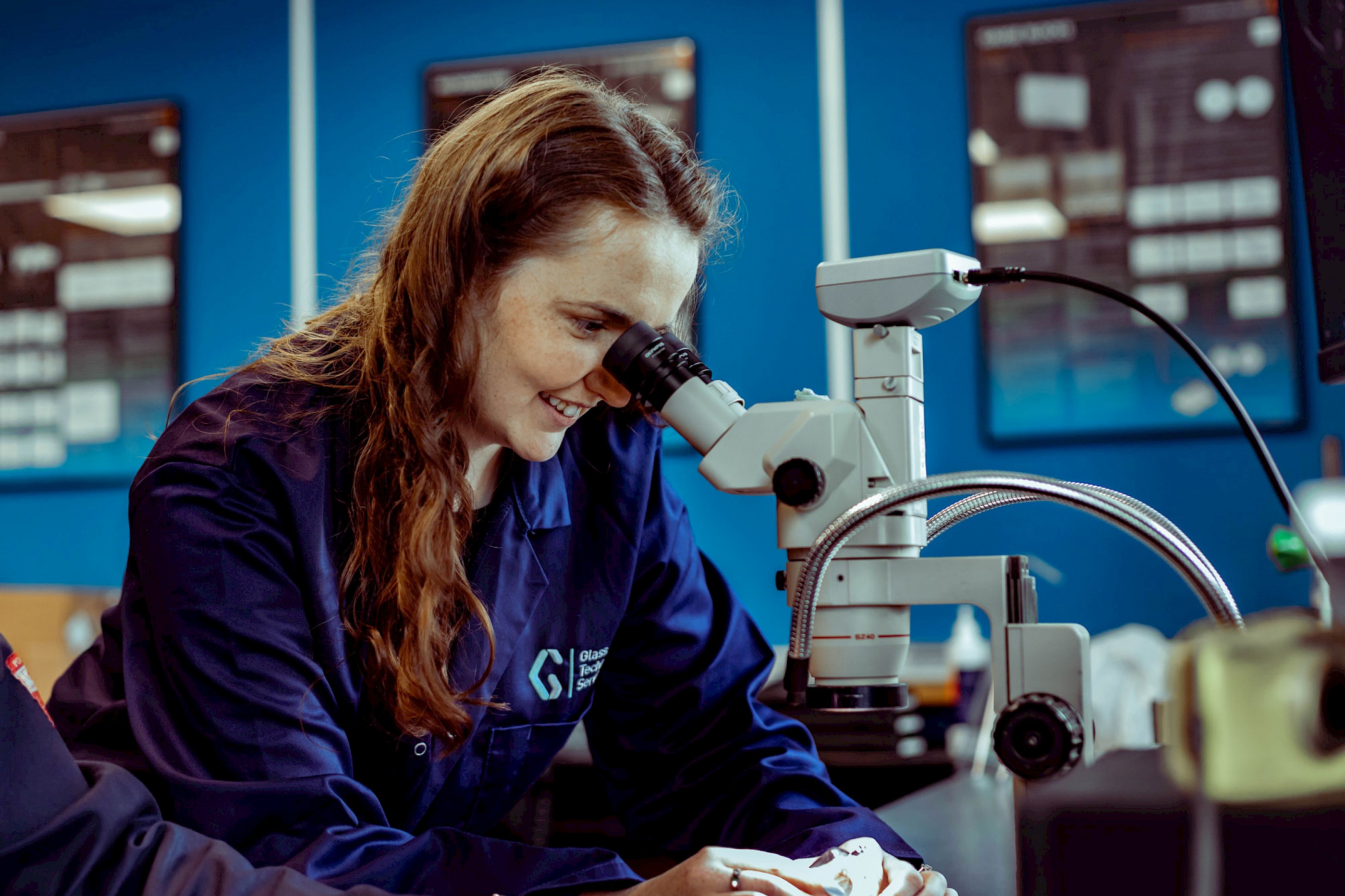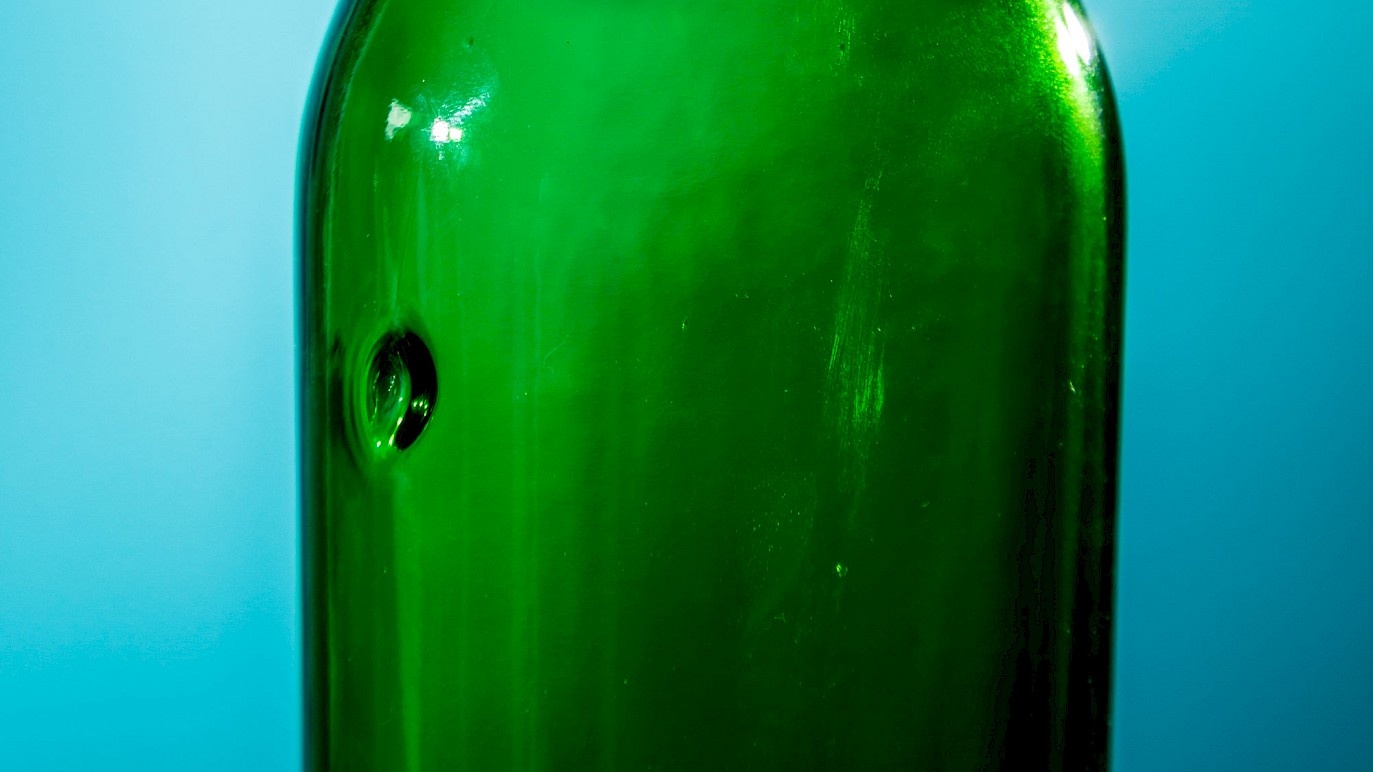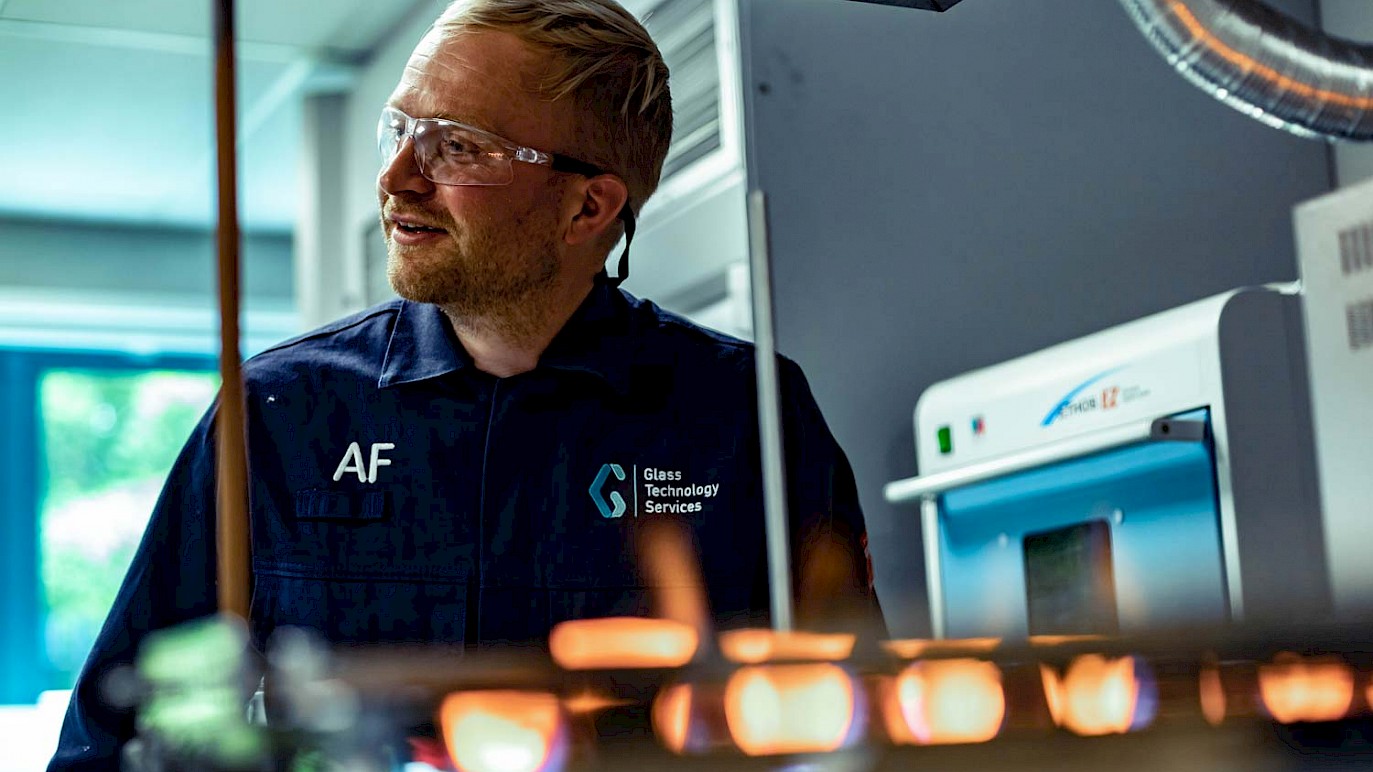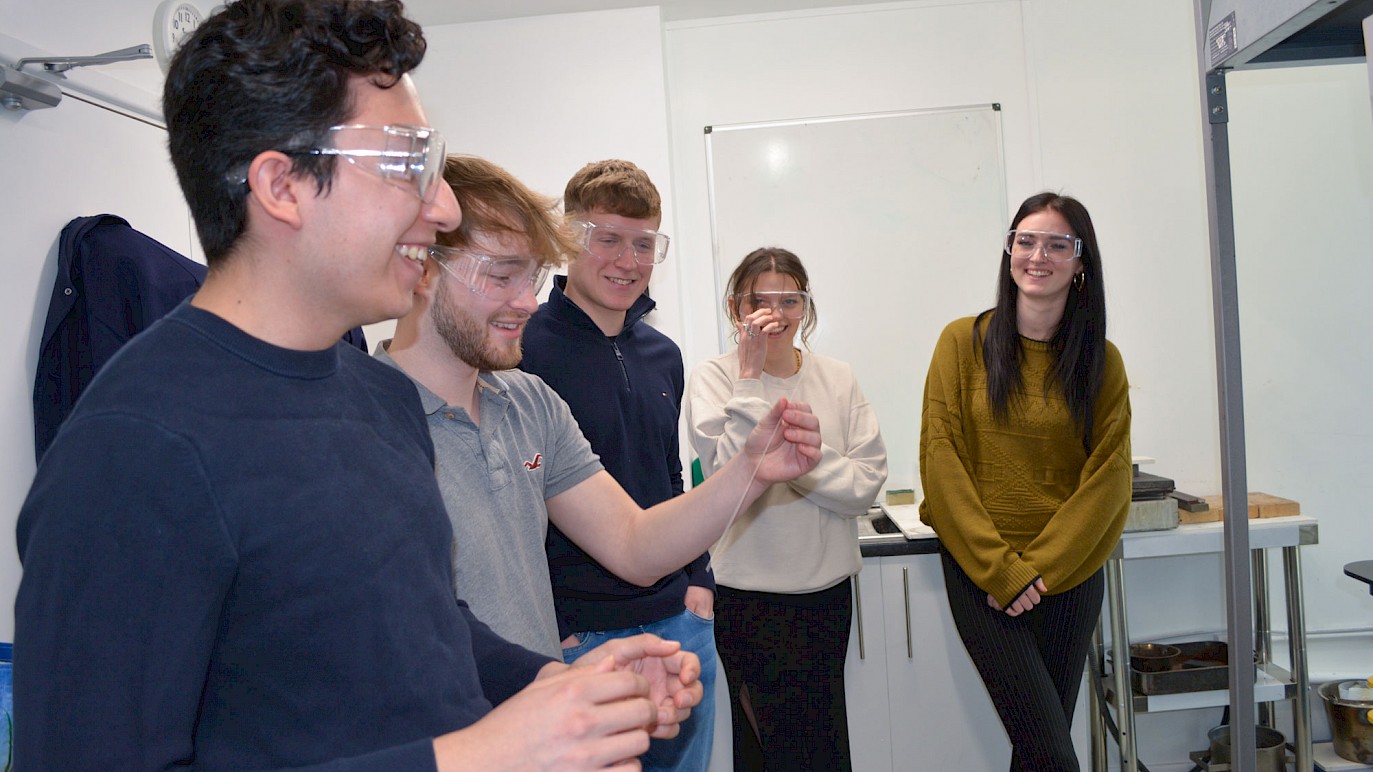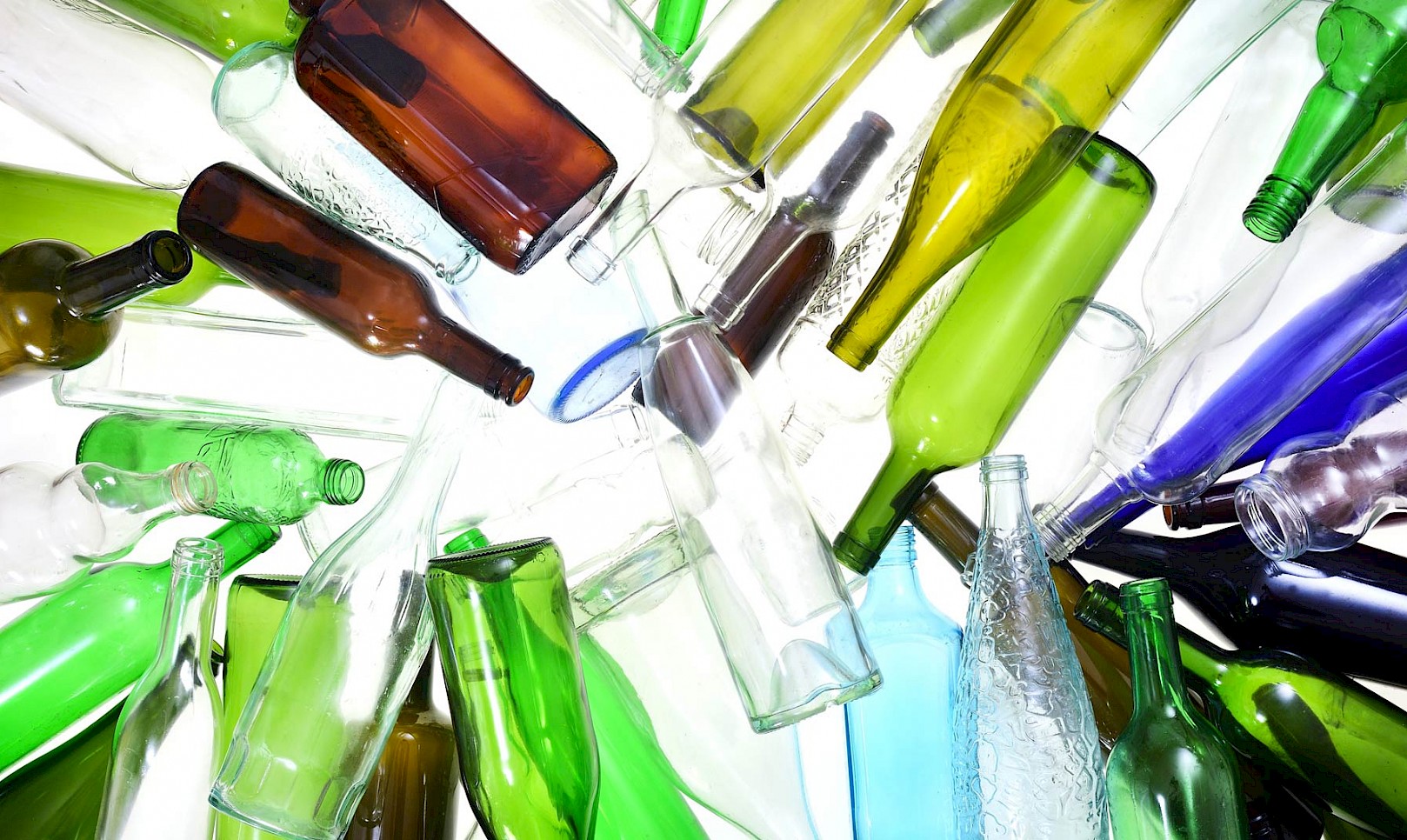
We know that glass is infinitely recyclable, but is this the same as being sustainable? We spoke to principal technologist, Martyn Marshall, about some of the ways we recycle glass, the technical challenges associated with sustainable glass making, and how we can overcome them.
Recyclable versus sustainable
“We can use 40% of our recycled glass (cullet) into new flint containers, which is undeniably fantastic. But that leaves a shortfall of 60%, requiring us to extract raw materials to make a new bottle.
“People often view recyclable and sustainable as being interchangeable. But I don’t believe that’s the case, and it’s something we need to be careful to not to get confused about. We shouldn’t believe that being recyclable is more important to consumers than being sustainable. And it’s consumers who brands need to think about.”
Maximising ‘multi-trip’ bottles
“Something that glass has great sustainable credentials for is its use as a multi-trip – reusable – container. We’re able to do two things at the hot end and cold end of glass processing to get more out of our glass for reuse.
“One is to ensure the glass composition and product is 100%. The other is to add coatings – a hot end coating and a cold end coating to make glass bottles useable. They protect the bottle against scratches and make them slippery so they can pass down the line without issues.
“However, for reuse the bottles also need to go through a caustic wash to clean them and remove any residue and this has an impact on the coating, which may then need to be re-applied. So, perhaps we can explore reducing the quantities of caustic soda or the temperatures, so the coatings are preserved for longer.”
Scuffing and damage to multi-trip containers
“Scuffing occurs as a result of glass-to-glass contact, most often at the heel and shoulder contact points. So, can we protect the impact points by focusing where we apply the cold end coating rather than spraying the entire bottle? And can we use a titanium tetrachloride rather than a tin tetrachloride in our hot end coating? It’s been explored as an alternative before, and although it’s more difficult to work with, it makes the glass stronger and offers greater protection.
“We could also consider using self-healing polymers, which is something one of our projects at Glass Technology Services is investigating. These polymers repair themselves over time when brought together after being damaged. They could potentially be used in hot end coatings but there is definitely work required for these engineered polymers to resist the damage caused by the caustic soda.”
Bottle design in multi-trip bottles
“A lot of new technology is available for us to use when considering bottle design. A common approach is weight saving. Lighter containers are a definite positive as we get more glass bottles from our melting load in the furnace, which brings down our CO2 burden as well as later down the supply chain
“We can also think about designing the bottles transport. For example, round items aren’t efficient to transport, so can we change the design to pack more together and reduce transport needs. Perhaps we need to think again about square bottles for carbonated beverages?
“Plus, the thickness of the glass can be considered. If it’s thicker, it’s tougher. And we can then reconsider the thermal toughening of glass to lessen the scuffing and damage, which means we get more life out of a bottle.”
New reuse concepts
“The Loop scheme is being sponsored by brands such as Tesco. Much like the traditional milkman model, a product is delivered to a customer in a glass bottle, which they return for recycling once empty. We do need to consider how the glass might look after being used several times. But if that bottle makes 10, 40 or even 100 trips, it saves on the CO2 emissions which would have been required to produce a new bottle, so the impacts are greatly reduced.
“We could also consider implementing a bottle ‘passport’ scheme, where we add a code which tells the consumer how many times it’s been re-used. Acting like a ‘badge of pride’. This could also apply to other containers, indicating the percentage of recycled materials that it contains.”
Discolouration in recycled glass
“When we use cullet in flint glass containers, we’re currently unable to produce a glass without any discolouration.
“However, research has demonstrated that whilst the glass industry professionals find this an issue, consumers are less concerned about the glass being discoloured than it being sustainable. This is different for some products, such as mayonnaise and high-end spirits. But for others, such as beer bottles where there’s a familiarity with a greener glass, it isn’t an issue. Experiments demonstrated that the colour of the label was, in fact, more important than the colour of the glass. This gives us the capacity to recover more materials to recycle and use in flint.”
Saving glass
“A lot of work goes into extracting cullet from recycling, and generally the machines are quite effective which helps to minimise the amount that is rejected. However, every time we crush glass, around 20% of it becomes small fragments, or ‘fines’, which can’t be used as cullet, and tend to go into aggregate. However, Ardagh and Sheffield Hallam University have looked at taking these fines and compacting them into briquettes, which can then be melted down again, saving lots of glass.”
Ash for glass
“We’ve been looking at how to use ash waste materials from power stations in glass production, with the initial aim of saving energy. We found that the more ash we were able to add, the more we could decrease the melting temperature. So not only did we save energy, but we also reduced CO2 emissions too.
“And, back to the sustainability ideal – by using these ashes, we can produce electricity at the power station. What would otherwise have been waste can then go into the glass which reduces the sand, limestone and dolomite components, so we’re using less raw material.”
Discover more and work with us
Contact us to find out more about our research and how we can how we can work with you to achieve your sustainability goals.
